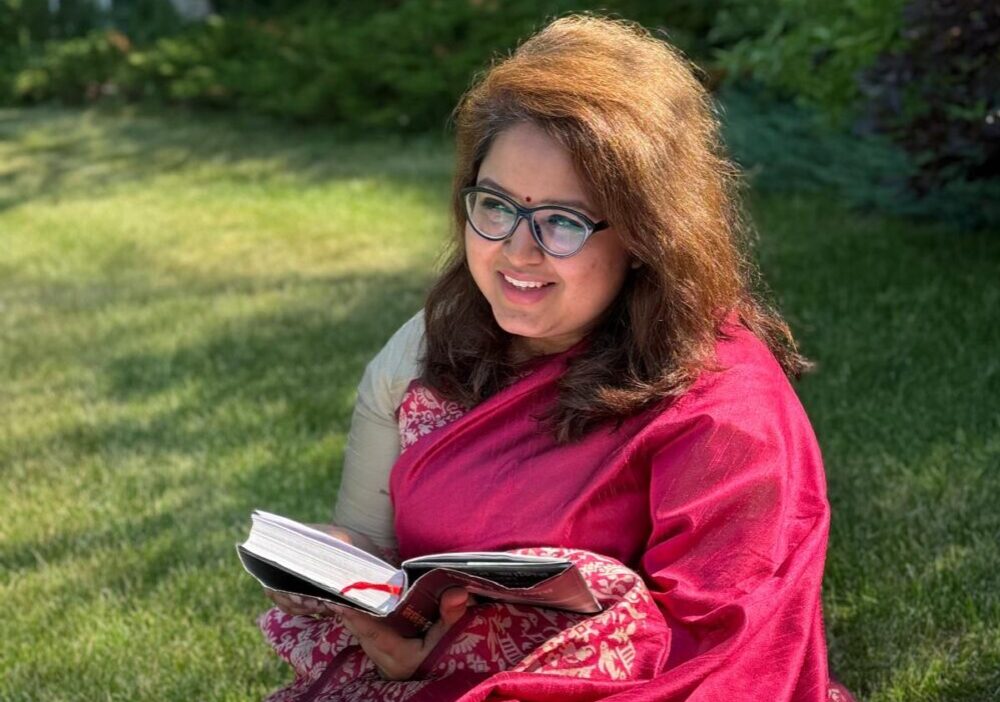Welcome to my blog!
I am excited to share my latest project—an ADDIE Model Template designed specifically for my Grade 3 class. This template is structured to enhance culturally responsive learning while aligning with the Saskatchewan Grade 3 Social Studies curriculum. I am not a teacher in a traditional schedule but I have put in my best effort to create something meaningful. I would really appreciate your feedback.

Photo by OpenClipart-Vectors on Pixabay
Social Studies helps young learners understand their community, culture, and the broader world. Grade 3 students are at a crucial stage of developing their sense of identity, belonging, and responsibility within society. However, without structured instruction, students may lack the foundational knowledge necessary to engage as informed and responsible citizens.
If this need is not addressed:
- Students may struggle to understand historical events, geography, and cultural diversity.
- They may lack the critical thinking skills needed to analyze social issues.
There may be limited appreciation for community involvement and civic responsibility
Learner personas:
Students who are in grade 3, and would range in age from 7-9.
Curious Explorer (Age 8) – Loves storytelling, asks many “why” questions, enjoys hands-on activities, and needs visual aids.
Hands-On Learner (Age 7) – Learns best through projects, excels in discussions but struggles with heavy reading, benefits from real-life examples.
Digital Learner (Age 9) – Comfortable with technology, prefers interactive learning apps and short videos, needs structured screen time with guidance.
Course overview:
This Social Studies course will focus on key themes from the Saskatchewan Grade 3 Social Studies curriculum, covering:
- Community and Identity: Understanding roles, responsibilities, and diversity in communities.
- Geography and Environment: Learning about maps, landforms, and natural resources.
- History and Traditions: Exploring Indigenous cultures and early settlers.
- Government and Citizenship: Understanding leadership, laws, and rights.
- Economy and Trade: Introduction to goods, services, and decision-making.
The course aims to foster inquiry-based learning, encouraging students to think critically about social issues.
Learning environment:
Students:
- Students have varied reading levels (Grade 1-3), requiring differentiated instruction.
- Pairing students with similar reading levels supports peer learning.
- Incorporating culturally engaging and inclusive tools ensures representation and relevance in learning.
Teachers:
- Teachers, literacy specialists, and educational assistants need to balance cultural expectations with curriculum outcomes.
- Training in inclusive pedagogy is essential to address diverse learning needs.
- Professional development on digital literacy tools and inquiry-based learning strategies is necessary.
Subject:
- Social Studies emphasizes equity, inclusion, and diverse perspectives.
- The Saskatchewan Social Studies curriculum focuses on community, history, geography, and responsible citizenship.
- Oral and written communication skills are integrated into lessons through storytelling, discussions, and reflective writing.
- Digital literacy is incorporated through online research, mapping tools, and interactive simulations.
Technology:
- Access to classroom Chromebooks/tablets for research, presentations, and digital projects.
- Differentiated learning materials, such as levelled reading passages, visual organizers, and interactive activities.
- Use of Zoom, Canvas, and virtual field trips to enhance engagement.
Cost:
- Device accessibility (Chromebooks or tablets) varies by school funding.
- Subscription costs for interactive learning platforms (e.g., Google Earth for mapping, virtual museum tours).
- Printed resources and hands-on activities provide alternatives for students with limited digital access.
Course-level objectives:
By the end of this course, learners will be able to:
- Analyze daily life in diverse communities by comparing housing, work, education, and cultural elements.
- Examine cultural traditions and values in various communities and understand their significance.
- Illustrate the interdependence of communities by researching product origins and exploring global connections.
Instructional approach:
Students will engage in:
- Inquiry-Based Learning – Exploring real-world case studies, community comparisons, and cultural artefacts.
- Hands-on Activities – Mapping exercises, storytelling, and cultural craft projects.
- Collaborative Discussions – Peer-sharing about their own cultural experiences and perspectives.
- Role-Playing & Simulations – Experiencing daily life in different communities through classroom role-play.
- Multimedia Integration – Videos, virtual field trips, and interactive digital activities.
Assessments
- Formative Assessments (Ongoing):
- Class Discussions & Think-Pair-Share
- KWL Charts (Know, Want to Know, Learned)
- Digital Reflections (Google Docs, or Drawing Apps)
- Matching or Sorting Activities
- Hands-on Activities (Crafts, Dioramas, Role-play)
- Storytelling Circle
- Summative Assessments (Final Evaluation):
- Illustrated Storybook on Community Life – Students draw/write about daily life in different communities.
- Cultural Presentation (Posters, Slides, or Video Recordings) – Students share traditions from a chosen culture.
- Group Mural on Local & Global Connections – Illustrates how products and cultures connect.
- Interactive Map Project – Pinpoint origins of products used in daily life.
- Journal Entries (Written, Illustrated, or Digital) – Reflects on community, culture, and interdependence.
- Role-Play Activity – Act out daily life from different communities
| Major platforms | Educational technologies | ||
Technology and Tools
|
How Technology Helps:
|
||
| Course design pre-planning | |||
| Learning objective | Assessment | Learning material | |
| Analyze daily life in a diversity of communities. | – Label and describe key aspects of daily life in different communities using a graphic organizer. – Create a “Day in the Life” journal entry comparing daily routines in different cultures. |
– Pictures and videos of global communities. – Storybooks and folktales from diverse cultures. – Graphic organizers and worksheets. |
|
| Compare cultural elements in different communities. | – Group discussions and storytelling activities about cultural traditions. – Create a digital or paper collage of cultural symbols (food, clothing, traditions). |
– Indigenous and multicultural storybooks. – Cultural artefacts (images, videos, guest speakers). – Art supplies for collage-making. |
|
| Compare cultural elements in different communities. | – Group discussions and storytelling activities about cultural traditions. – Create a digital or paper collage of cultural symbols (food, clothing, traditions). |
– Indigenous and multicultural storybooks. – Cultural artefacts (images, videos, guest speakers). – Art supplies for collage-making. |
|
| Examine how communities interact globally. | – Research project on a product’s journey from local to global. – Draw a map showing where classroom items originate. |
– Google Earth/Maps for exploring trade routes. – Labels on classroom objects (e.g., “Made in…” tags). |
|
| Illustrate examples of interdependence in communities. | – Conduct a “Trade Simulation” where students role-play as producers and consumers. – Reflection journal on how their choices affect people elsewhere. |
– Interactive online maps showing global trade. – Videos on how different goods are produced and transported. |
|
| Compare the life of a child in different communities. | – Pair discussions comparing education, recreation, and family life. – Create an illustrated “A Day in My Life” book with comparisons. |
– Videos and interviews with children from diverse backgrounds. – Journals and drawing materials. |
|
References
- I referred to ChatGPT for clarification and wording, but the thoughts and messages presented are solely my own.
- Saskatchewan curriculum

The learner personas you have created show a deep understanding of the diverse needs in your classroom, and I love how you’re incorporating culturally responsive teaching with storytelling, role-playing, and interactive experiences. The assessments are thoughtfully aligned with the course objectives and offer a good balance between formative and summative evaluations. I’m sure your students will benefit from these diverse learning opportunities!
This is a fantastic and well-thought-out course design! You’ve done an excellent job of integrating a wide variety of teaching strategies, such as inquiry-based learning, hands-on activities, and digital tools to engage Grade 3 students in a meaningful exploration of community, culture, and global interdependence.
I really appreciate the way you’re designing this course to center children’s experiences in the learning process. It seems like they’ll be actively contributing to the content, which will make the material so much more meaningful and relevant to them. Google Earth is a fantastic tool for this—giving children the chance to create virtual tours of their neighbourhoods, whether they’ve grown up in the same place or recently immigrated from another part of the world. This is a great way to build connections and share perspectives.
I also appreciate that the journal entries are available in different formats. Some children will really like the alternative ways to express their ideas,They can choose a way that works best for them.
Looking forward to seeing how this course develops!
Amazing job Shobarna. This is such a well-structured and engaging Social Studies course! I love how it blends inquiry-based learning, hands-on activities, role-playing, and multimedia integration to create a meaningful learning experience.
I also appreciate the variety of assessments, from storytelling circles to interactive map projects. This makes learning fun while reinforcing critical thinking skills.
This course would not only increase students’ knowledge but also fosters curiosity, cultural awareness, and real-world connections!
There are so many elements of your course that I absoulutely love, especially in the “Examine how communities interact globally.” and “Illustrate examples of interdependence in communities.” sections. Utlilizing Google maps is sure to help engage the young learners, and the whole concept of mapping out the the classroom items origins will be a fantastic way to personalize the material for them! I’m also very intriguied on what a virtual field trip looks like.
Social studies was always the one subject I struggled to gain interest in throughout my elementary and high school years. Reading through this profile I couldn’t help but think a younger me might’ve had a newfound enjoyment of the subject had some of these elements been incorporated back then.
Best of luck on the course Shobarna! I hope it turns out wonderfully!